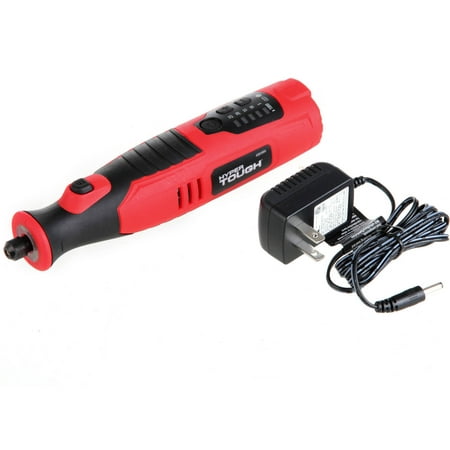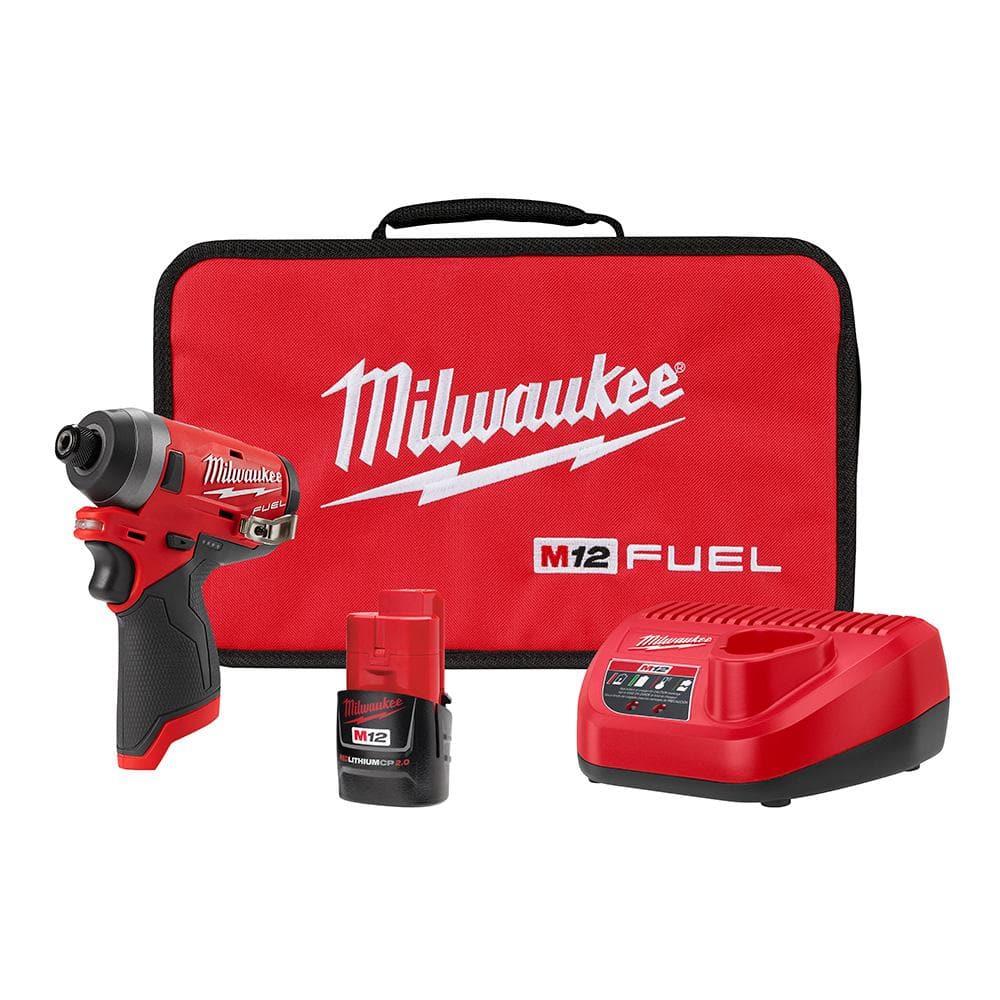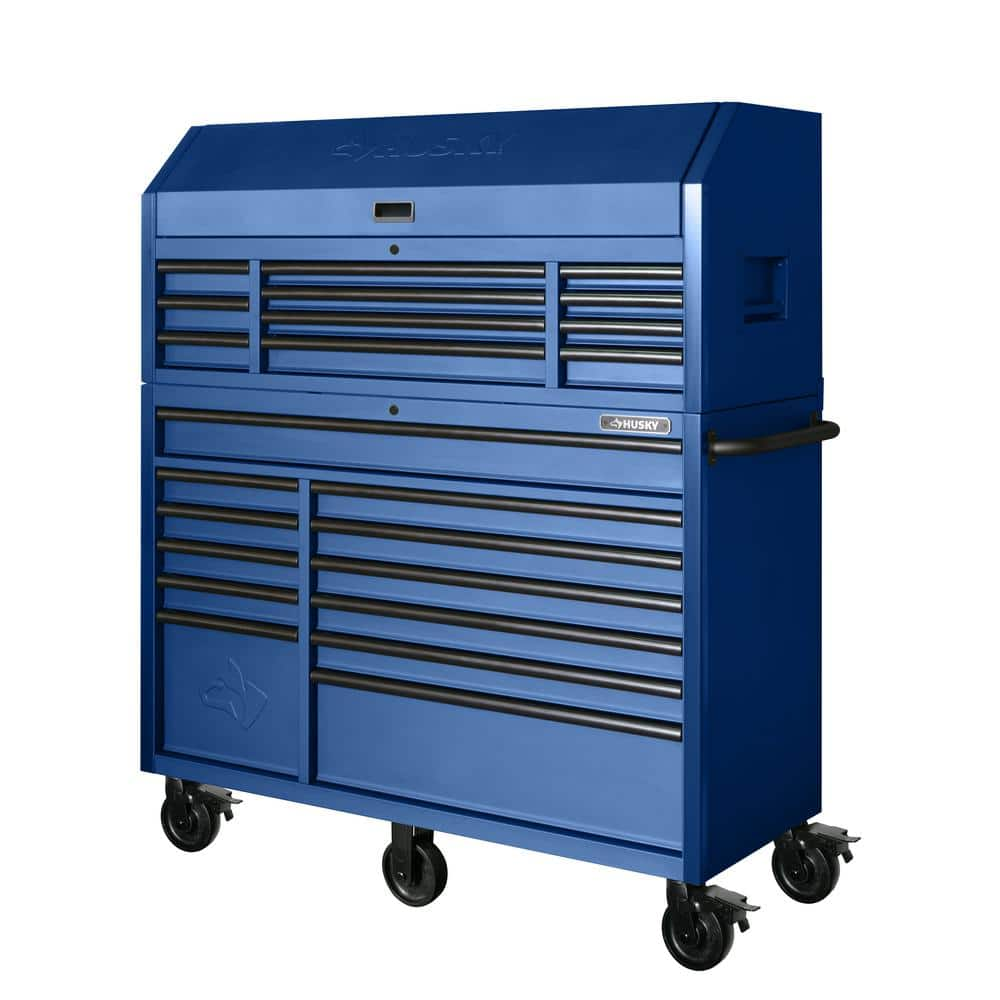Hyper Tough AQ85000G 8-Volt Lithium-ion Rotary Tool, 40 Accessories
The Hyper Tough AQ85000G 8-Volt Lithium Ion Rotary Tool with 40 Accessories has the portability and functionality you need in a rotary tool to give you more versatility on more projects than you could have possibly imagined. This cordless device comes with a 40-piece accessory kit to cover your needs; whether it is to clean, cut, sharpen, grind, engrave, sand, polish or carve, you will be prepared to take it all on. A diamond-point bit, sanding bands, a grinding wheel and polishing wheel, a sanding drum, cut-off wheels, wire and nylon brushes and more are just a taste of everything included. The 8-volt, 2,000mAH lithium ion battery is a long-lasting, reliable part of this as well, providing fade-free power throughout its charge and extending its shelf life so it is ready when you pick it up. The battery supplies generous power to the tool with easy push button speed control that designates a desirable variety with RPM ranging from 5,000 to 30,000. Comes with a 2 year limted warranty. When you are ready to make repairs or tackle those home improvement projects, Hyper Tough is ready. Please be sure to check out the full line of Hyper Tough products at your local Walmart or on Walmart.com.








HyperTough AQ85000G 8-Volt Lithium-ion Rotary Tool, 40 Accessories Comes with 40 versatile accessories Has ergonomic body and soft-touch grip to relieve hand fatigue and enable firm command during use Battery is long-lasting and reliable on the job Variable speeds to adjust to your specific work settings Tool is compact, lightweight, and features a 5-position clutch for revolutions control in tight spaces





Reviews
There are no reviews yet.